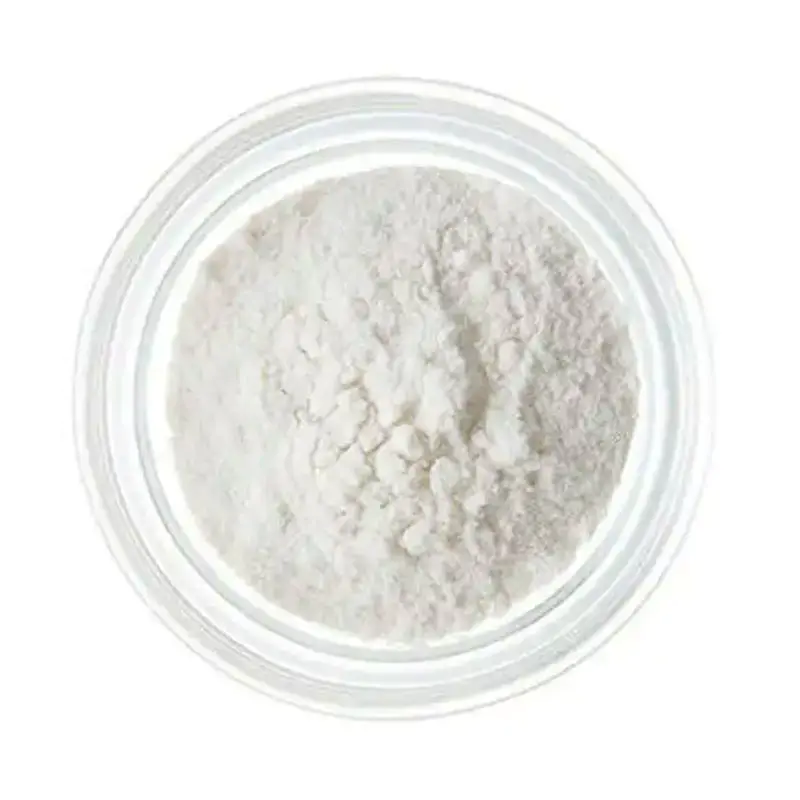Understanding Polyester Raw Materials
2024-12-18
Polyester is one of the most widely used synthetic fibers in the world, renowned for its durability, versatility, and affordability. But what exactly goes into making polyester? In this blog, we’ll explore the raw materials that form the foundation of this essential material and their role in its production.
What is Polyester?
Polyester is a category of polymers derived primarily from petroleum-based compounds. The term “polyester” generally refers to polyethylene terephthalate (PET), the most common type used in textiles, packaging, and industrial applications.

Primary Raw Materials
The production of polyester requires a combination of two key raw materials:
1. Purified Terephthalic Acid (PTA)
- PTA is a white crystalline powder derived from para-xylene, a hydrocarbon found in crude oil.
- It acts as the primary building block of polyester, providing structural integrity and chemical stability.
2. Ethylene Glycol (EG)
- EG is a colorless, viscous liquid obtained from ethylene, another hydrocarbon sourced from petroleum.
- This compound serves as the co-monomer in polyester production, giving the polymer its flexibility and resilience.
Additives and Enhancements
In addition to PTA and EG, manufacturers may introduce additives to modify the properties of polyester. Common examples include:
- Dyes and Pigments: For coloration.
- Flame Retardants: To improve fire resistance.
- UV Stabilizers: For protection against sunlight degradation.
- Antistatic Agents: To reduce static electricity in fabrics.
Sustainability Considerations
While traditional polyester is derived from non-renewable resources, advancements in technology have introduced alternatives such as:
- Recycled Polyester (rPET): Made from post-consumer plastic bottles and waste, reducing environmental impact.
- Bio-Based Polyester: Produced using renewable resources like corn, sugarcane, or other plant-based materials.
Polyester’s versatility and adaptability begin with its raw materials, which can be tailored to meet diverse needs. By understanding these components, we gain a deeper appreciation of how this ubiquitous material is crafted.


